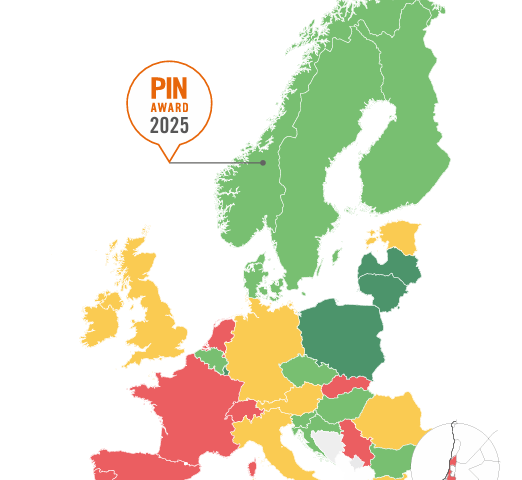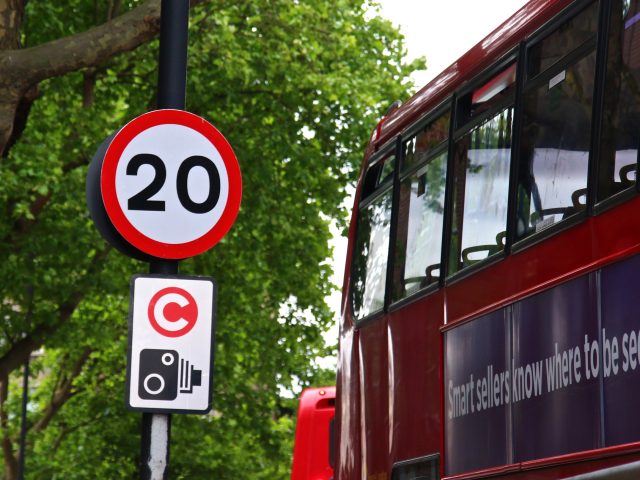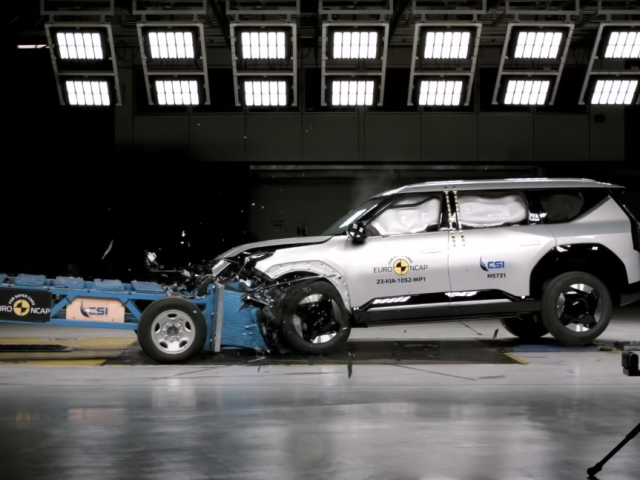Scotland: new drug driving laws and roadside testing
Scotland will introduce new drug driving limits and roadside testing on 21 October this year, it has been announced.
There will be a zero tolerance approach to eight drugs most associated with illegal use, including cannabis, heroin and cocaine, with limits set at a level where any claims of accidental exposure can be ruled out.
Meanwhile, a list of other drugs associated with medical use will have limits based on impairment and risk to road safety.
The government says this will make it easier to hold drug drivers to account as there will no longer be a requirement to prove that someone was driving in an impaired manner.
The regulations, which are set to be voted on by the Scottish Parliament, will permit prosecutions where different drug types are found to be above specified levels.
The drugs which will have a zero tolerance limit are benzoylecgonine; cocaine; delta–9–tetrahydrocannabinol (cannabis and cannabinol); ketamine; lysergic acid diethylamide (LSD); methylamphetamine; methylenedioxymethaphetamine (MDMA – ecstasy); and 6-monoacetylmorphine (6-MAM – heroin and diamorphine).
The drugs with medical uses which will have limits based on impairment are clonazepam; diazepam; flunitrazepam; lorazepam; methadone; morphine; oxazepam; and temazepam.
A separate approach will be taken to amphetamine, balancing its legitimate use for medical purposes against its abuse.
England and Wales introduced new legislation on drug driving in 2015.







